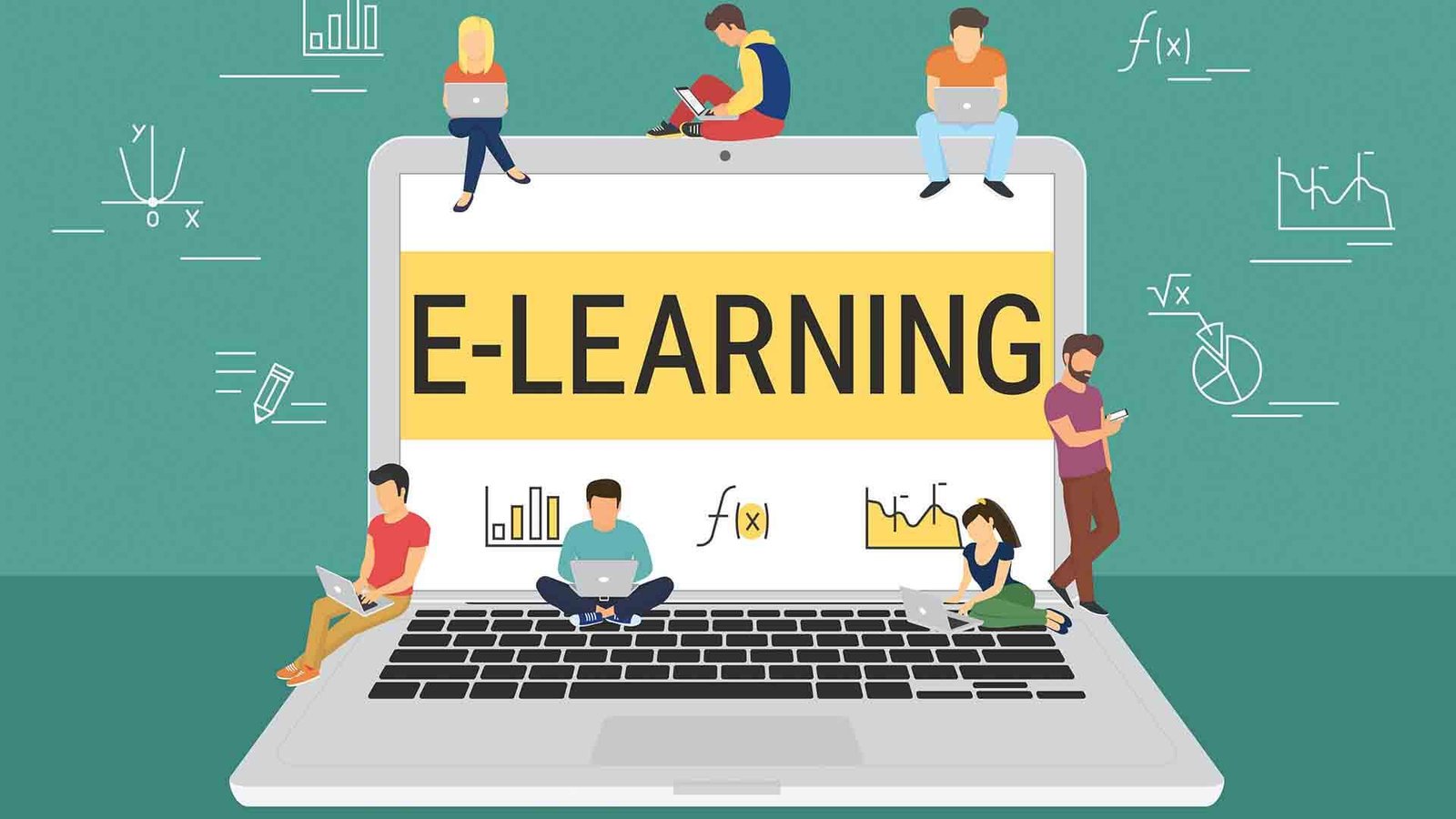eLearning has revolutionized the way we acquire knowledge and skills. From traditional classroom settings to virtual learning environments, eLearning has become an integral part of education and professional development. But what exactly is eLearning, and why is it important? Let’s delve into the world of online education and explore its various aspects.
Introduction to eLearning
eLearning, short for electronic learning, refers to the use of electronic devices and digital technologies to deliver educational content remotely. Unlike traditional classroom-based learning, eLearning allows learners to access educational materials anytime, anywhere, using computers, tablets, or smartphones connected to the internet.
Evolution of eLearning
The concept of eLearning dates back to the early days of the Internet, but its popularity surged with the advancement of technology and the widespread availability of high-speed Internet access. From basic text-based courses to interactive multimedia presentations and virtual classrooms, eLearning has evolved significantly over the years.
Types of eLearning
Synchronous vs. Asynchronous Learning
Synchronous eLearning involves real-time interaction between instructors and learners, such as live webinars or virtual classrooms. Asynchronous eLearning, on the other hand, allows learners to access course materials and complete assignments at their own pace, without the need for simultaneous participation.
Self-paced Learning
Self-paced learning gives learners the freedom to progress through course materials at their own speed, enabling personalized learning experiences tailored to individual needs and preferences.
Blended Learning
Blended learning combines traditional classroom instruction with online learning activities, offering a flexible and dynamic approach to education. It integrates the best elements of face-to-face teaching with the convenience of online resources.
Benefits of eLearning
Flexibility and Convenience
eLearning allows learners to study at their own pace and convenience, allowing them to balance their education with work, family, and other commitments.
Cost-effectiveness
Compared to traditional classroom-based learning, eLearning often proves to be more cost-effective, eliminating the need for travel, accommodation, and printed materials.
Access to a Wide Range of Courses
With eLearning, learners have access to a diverse range of courses and subjects from institutions around the world, regardless of geographical location or time zone.
Improved Retention and Engagement
Interactive multimedia elements, such as videos, animations, and quizzes, enhance engagement and retention, making learning more enjoyable and effective.
Challenges of eLearning
Technical Issues
Technical glitches, such as slow internet connections or compatibility issues with devices, can hinder the learning experience and frustrate learners.
Lack of Social Interaction
eLearning may lack the social interaction and peer-to-peer collaboration found in traditional classroom settings, leading to feelings of isolation or disengagement for some learners.
Motivation and Self-discipline
Self-motivation and discipline are essential for success in eLearning, as learners must manage their time effectively and stay motivated to complete coursework independently.
eLearning Platforms and Tools
Learning Management Systems (LMS)
LMS platforms, such as Moodle, Canvas, and Blackboard, provide a centralized hub for course materials, assignments, communication, and assessment.
Video Conferencing Software
Tools like Zoom, Microsoft Teams, and Google Meet facilitate virtual classrooms, webinars, and online meetings, enabling real-time interaction and collaboration.
Content Authoring Tools
Content authoring tools, such as Articulate Storyline and Adobe Captivate, allow instructors to create interactive eLearning content, including presentations, simulations, and assessments.
The Future of eLearning
AI and Personalized Learning
Artificial intelligence (AI) technologies can analyze learner data and behavior to deliver personalized learning experiences tailored to individual strengths, weaknesses, and preferences.
Virtual Reality (VR) and Augmented Reality (AR)
VR and AR technologies offer immersive learning experiences that simulate real-world environments, enhancing engagement and retention for learners in fields such as healthcare, engineering, and aviation.
Gamification
Gamification techniques, such as badges, leaderboards, and rewards, make learning more engaging and motivating, encouraging learners to progress through courses and achieve their goals.
Conclusion
eLearning continues to shape the future of education and training, offering learners unprecedented access to knowledge and skills flexibly and conveniently. Despite its challenges, the benefits of eLearning outweigh the drawbacks, making it an indispensable tool for lifelong learning and professional development.
FAQs
- Is eLearning suitable for all subjects and disciplines?
- While eLearning is well-suited for many subjects, practical or hands-on disciplines may require supplementary in-person instruction or lab work.
- How can I stay motivated while studying online?
- Set specific goals, create a study schedule, and stay connected with peers and instructors for support and accountability.
- Are eLearning certificates and credentials recognized by employers?
- Many employers recognize and value eLearning certificates and credentials, especially those from reputable institutions or accredited programs.
- What technical requirements do I need for eLearning?
- You’ll need a reliable internet connection, a compatible device (computer, tablet, or smartphone), and any required software or applications specified by your course or program.
- Can I interact with instructors and classmates in eLearning courses?
- Yes, most eLearning platforms offer features for communication and collaboration, such as discussion forums, messaging, and live chat.


